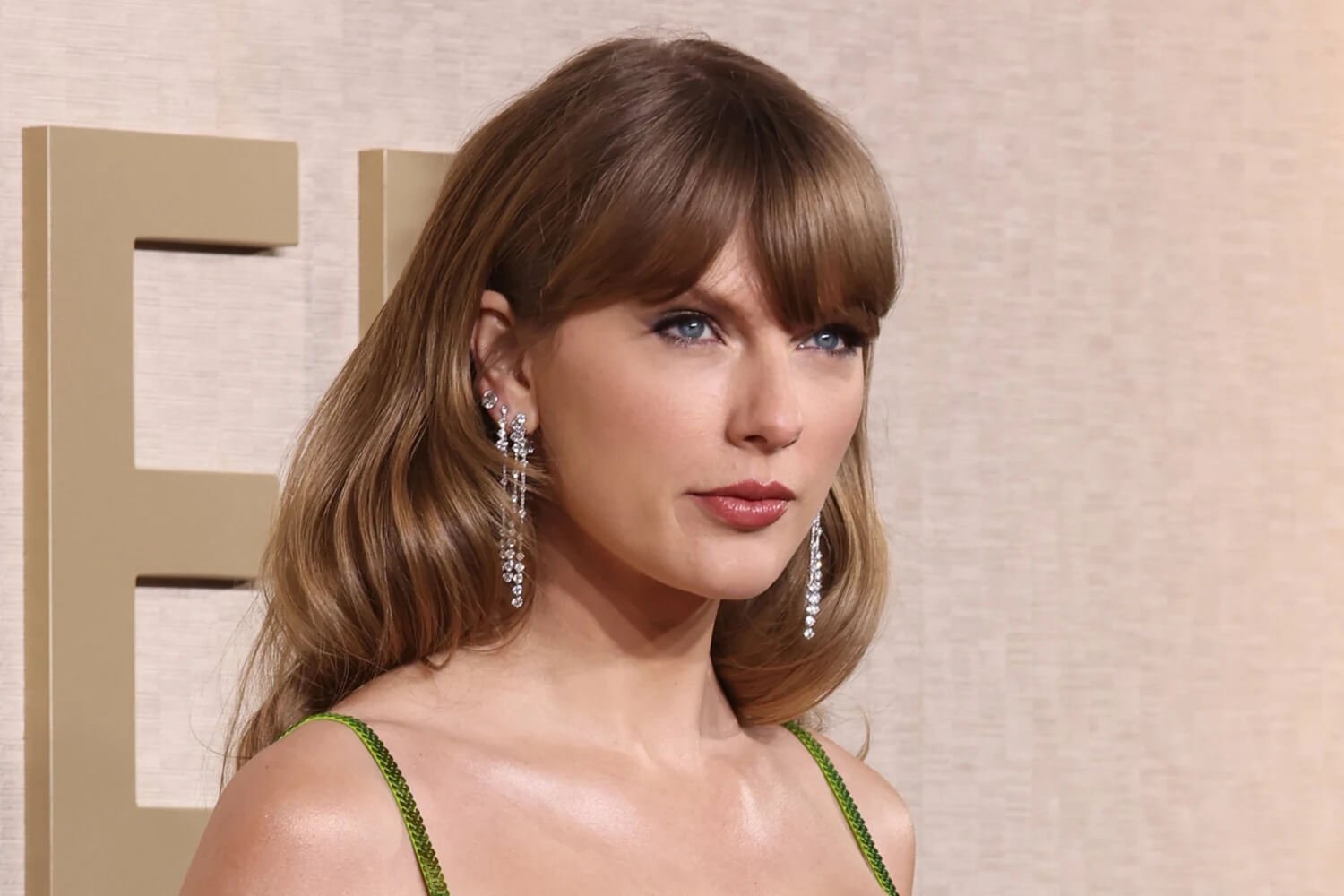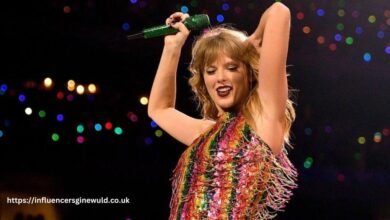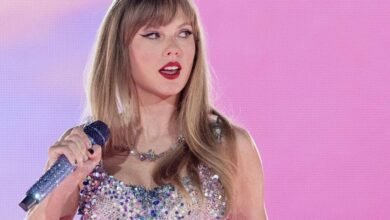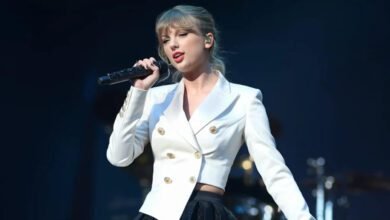In the age of artificial intelligence (AI), technology continues to break barriers, leading to innovations that once seemed like science fiction. One such development is the ability to unblur images using AI, a process that has gained significant traction, especially concerning celebrity photographs. Among the most discussed topics in this realm is “Taylor Swift AI pictures unblurred,” which delves into how AI is used to enhance or manipulate images of the globally renowned pop star, Taylor Swift.
This article will explore the technology behind unblurring images using AI, its applications, the ethical implications surrounding the use of such technology, and its specific connection to Taylor Swift.
Understanding AI-Powered Image Unblurring
The Basics of Image Blurring and Unblurring
Image blurring is a common technique used in photography and digital imagery, either intentionally for artistic effects or unintentionally due to camera shake, focus issues, or low-quality image capture. The concept of unblurring involves reversing this process to restore the image to its original clarity.
Traditionally, unblurring an image was a complex task requiring manual editing skills. However, with the advent of AI, this process has been significantly streamlined. AI-based algorithms can now analyze a blurred image and predict the most likely original image, essentially reconstructing it with enhanced clarity.
How AI Unblurring Works
AI unblurring technology relies on deep learning, particularly convolutional neural networks (CNNs). These networks are trained on large datasets of images, both blurred and unblurred, enabling the AI to learn the patterns and structures of images. By analyzing the blurred image, the AI can infer the missing details and reconstruct a sharper version of the image.
One popular model used for this purpose is the Generative Adversarial Network (GAN). GANs consist of two neural networks: the generator, which tries to create unblurred images, and the discriminator, which evaluates the accuracy of these images compared to real unblurred images. Through this adversarial process, the AI becomes increasingly adept at unblurring images.
The Rise of Taylor Swift AI Pictures Unblurred
The Popularity of Taylor Swift
Taylor Swift, with her massive global following, is one of the most photographed celebrities in the world. Her every move, both on and off stage, is captured by paparazzi, fans, and media outlets. This constant attention has led to a vast collection of Taylor Swift images circulating on the internet, some of which are of lower quality or intentionally blurred.
Given her status, any technology that can enhance or manipulate her images quickly becomes a topic of interest. AI unblurring is no exception. Fans, media, and digital artists have been exploring AI tools to enhance Taylor Swift’s images, making them clearer and more detailed.
Examples of AI Unblurring Taylor Swift Images
There have been numerous instances where AI has been used to unblur images of Taylor Swift. For example, fans might take a low-quality or blurred image of her from a concert and use AI to enhance it, making the image look as if it were taken with a high-end camera. Similarly, media outlets may use AI to improve the quality of paparazzi photos that are slightly out of focus or taken in poor lighting conditions.
These AI-enhanced images often go viral on social media platforms, with fans marveling at the technology’s ability to bring clarity to what was once a blurred image.
Ethical Implications of AI Unblurring
Privacy Concerns
One of the primary concerns with AI unblurring technology, especially when applied to celebrities like Taylor Swift, is privacy. Blurred images are often used to protect individuals’ privacy, whether it’s blurring out sensitive information or obscuring faces in photographs. AI’s ability to reverse this blurring raises significant ethical questions.
For instance, if a paparazzi photo of Taylor Swift is blurred to protect her privacy, using AI to unblur it could be seen as a violation of her privacy rights. This technology could enable people to obtain clear images without the subject’s consent, potentially leading to legal and ethical issues.
Misuse and Manipulation
Another ethical concern is the potential misuse of AI unblurring technology. While the technology can be used for benign purposes, such as enhancing low-quality images, it can also be used to manipulate images in misleading ways. For example, an AI might unblur an image in a way that alters the original context, leading to misinformation or misrepresentation.
In the case of Taylor Swift, AI-unblurred images could be used to spread false narratives or create misleading content that could harm her reputation. The ease with which AI can alter images underscores the need for ethical guidelines and responsible use of such technology.
The Impact on Fan Culture and Media
Fan Enthusiasm and Creativity
The ability to unblur images of Taylor Swift using AI has also sparked creativity among her fans. Many fans enjoy enhancing images to create new fan art, posters, or digital edits. AI tools have empowered fans to produce high-quality content that celebrates their favorite artist, further fueling the fan culture surrounding Taylor Swift.
These AI-enhanced images often circulate widely on social media, contributing to the ongoing conversation and admiration for Taylor Swift. The technology allows fans to feel more connected to their idol by producing visually stunning tributes.
Media Usage and Ethical Reporting
For media outlets, AI unblurring presents both opportunities and challenges. On one hand, it allows for higher-quality images in publications, which can enhance storytelling and visual appeal. On the other hand, media organizations must navigate the ethical implications of using AI to unblur images, especially when it involves celebrity subjects.
Responsible journalism requires that media outlets consider the privacy and consent of individuals when using AI to enhance images. In the case of Taylor Swift, ethical reporting means respecting her privacy while delivering accurate and truthful visual content.
Legal Considerations
Copyright Issues
AI unblurring technology also intersects with copyright law. Images, including blurred ones, are often protected by copyright. Using AI to unblur an image could potentially infringe on the copyright holder’s rights, especially if the AI-generated image is used for commercial purposes without proper authorization.
For instance, if a blurred photo of Taylor Swift is unblurred using AI and then sold or distributed, this could lead to legal action from the copyright holder. It’s essential for users of AI unblurring technology to be aware of copyright laws and obtain the necessary permissions when working with protected images.
Potential Legal Cases
As AI unblurring technology becomes more widespread, it’s likely that legal cases will emerge to address its use and misuse. Celebrities like Taylor Swift, who are often the subjects of AI-enhanced images, may take legal action if they believe their rights have been violated. These cases could set important precedents for how AI is used in relation to image enhancement and privacy.
The Future of AI Image Unblurring
Technological Advancements
The field of AI image unblurring is still in its early stages, and we can expect significant advancements in the coming years. Future developments may lead to even more sophisticated algorithms that can unblur images with higher accuracy and at greater speeds. These advancements could make AI unblurring a standard tool in both professional photography and casual image editing.
However, with these advancements come increased responsibilities. Developers and users of AI unblurring technology will need to balance innovation with ethical considerations, ensuring that the technology is used in ways that respect privacy and intellectual property rights.
Broader Implications for Society
Beyond celebrity culture, AI image unblurring has broader implications for society. The technology could be used in various fields, from forensics to medical imaging, where unblurring could aid in investigations or improve diagnostic accuracy. However, the same ethical concerns that apply to celebrity images also apply in these contexts, particularly concerning privacy and consent.
As AI continues to evolve, society will need to grapple with the ethical, legal, and social implications of these technologies. The discussions surrounding “Taylor Swift AI pictures unblurred” are just the beginning of a broader conversation about how AI will shape our visual culture.
Conclusion
The advent of AI-powered image unblurring has brought significant changes to how we interact with visual content, particularly concerning celebrities like Taylor Swift. While the technology offers exciting possibilities for enhancing image quality, it also raises critical ethical and legal questions that must be addressed.
As AI continues to develop, it’s essential for users, developers, and policymakers to consider the implications of these technologies. By doing so, we can harness the power of AI in ways that respect privacy, uphold ethical standards, and contribute positively to society.
In the case of Taylor Swift, AI unblurring is just one example of how technology intersects with celebrity culture, offering new ways for fans to engage while also challenging our understanding of privacy and digital ethics. The future of AI image unblurring holds both promise and responsibility, and it will be fascinating to see how this technology continues to evolve in the years to come.
You may also read: The Pizza Edition




